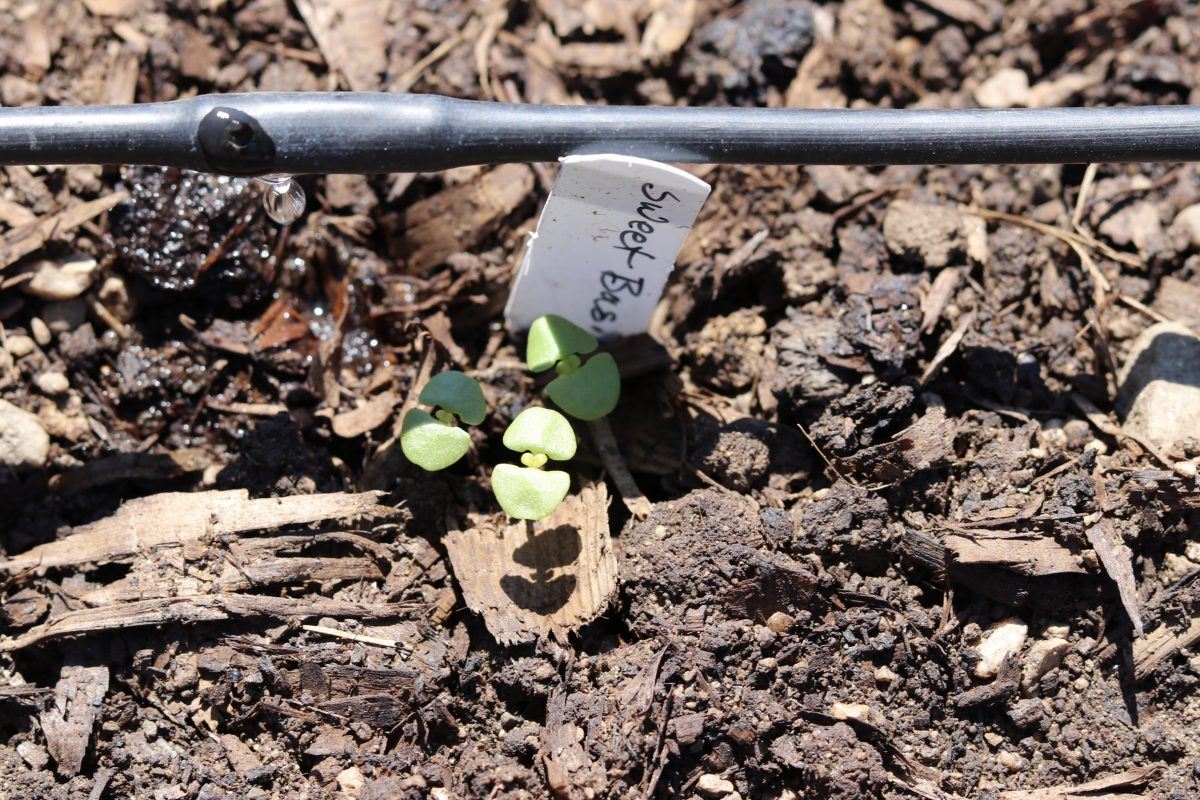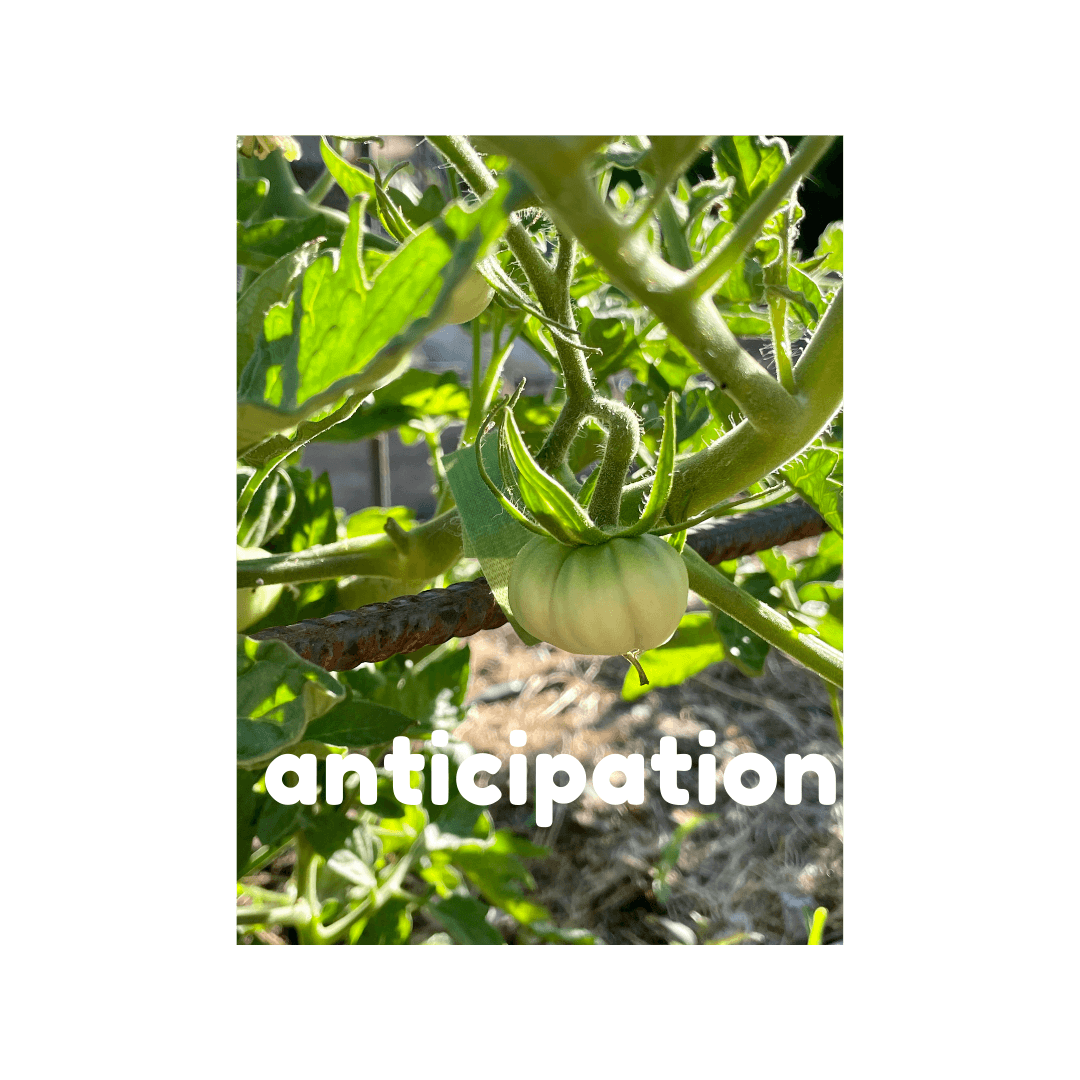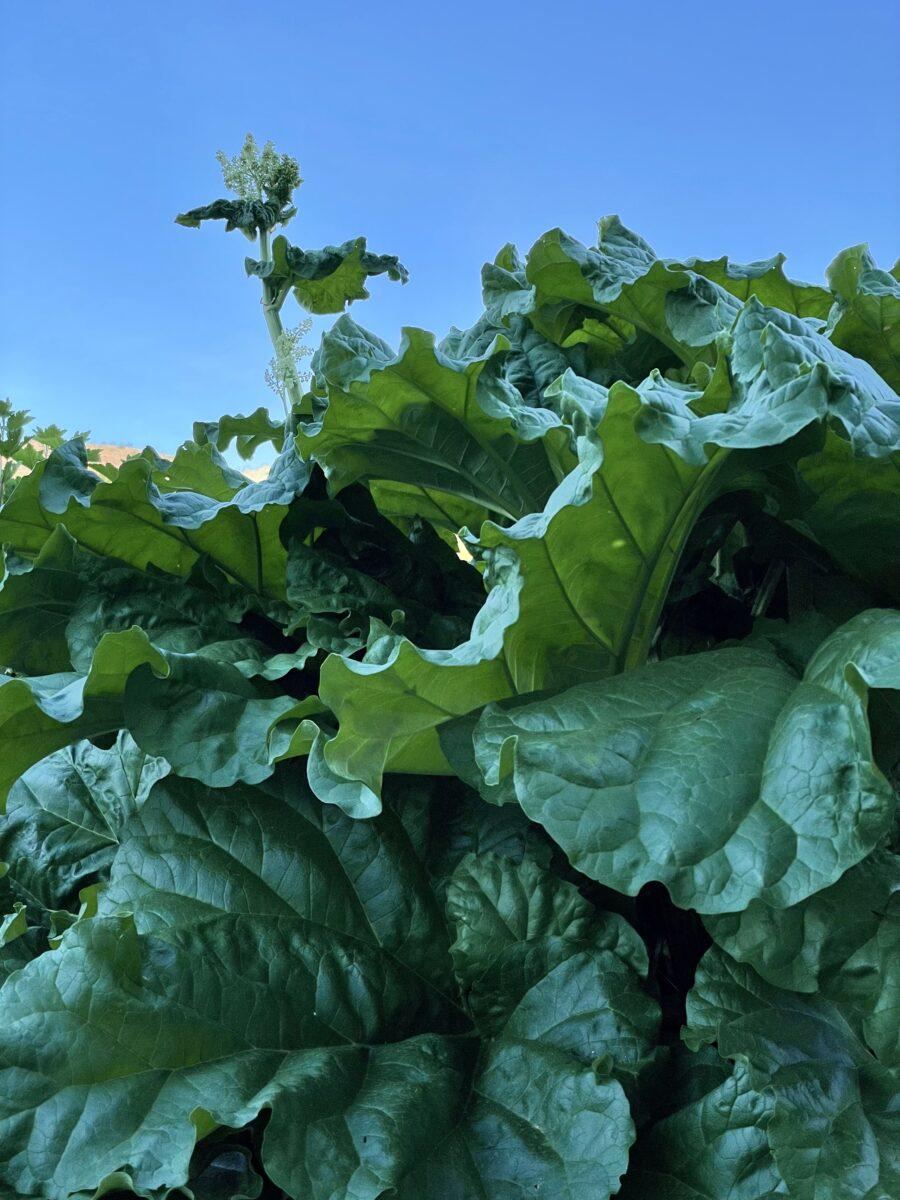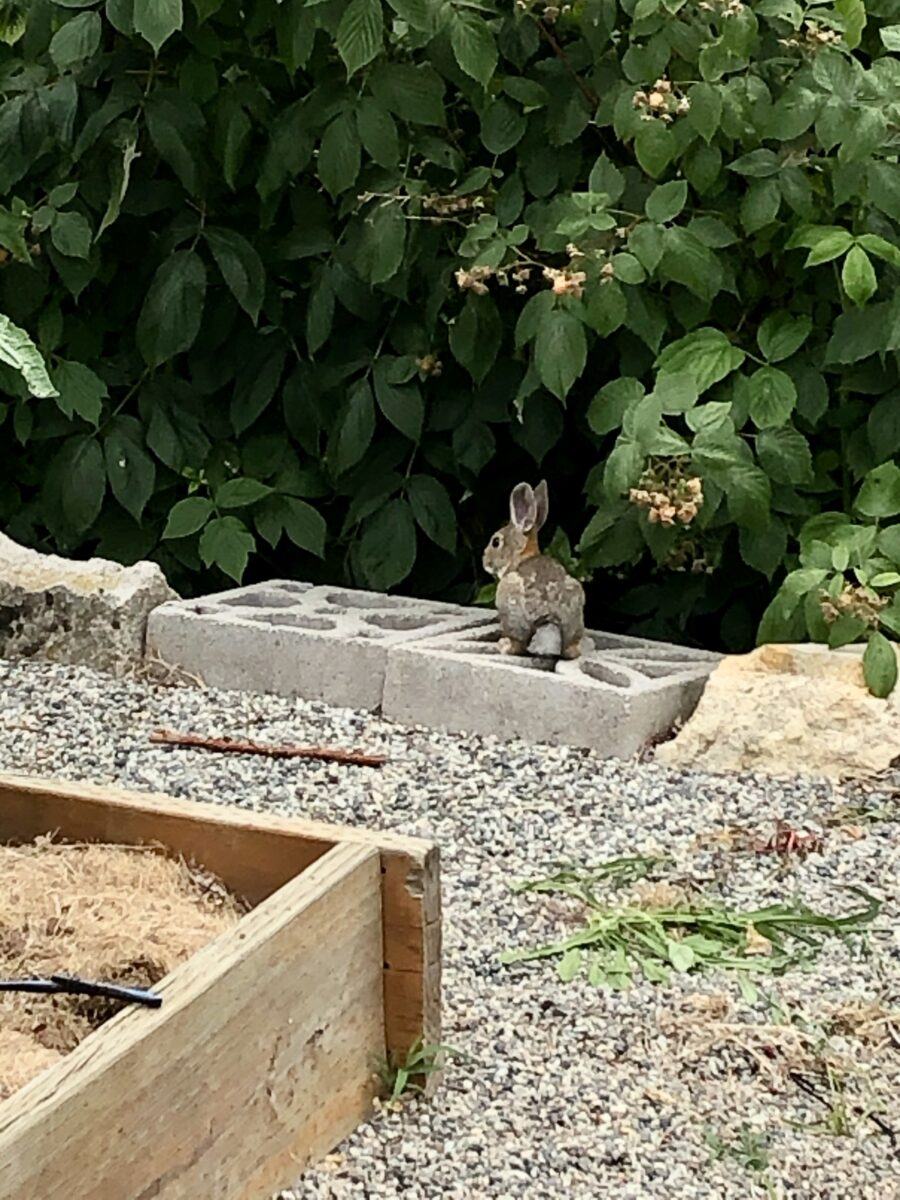7 Time-Saving Gardening Tips

Gardening is a multi-stage process that depends on a good start to the season to ensure low maintenance for the rest of the year.
At this point, the irrigation system is in place; I’ve planted the seeds, and transplants are in the ground. It’s mission-critical to pay attention and make accommodations as issues present themselves. Follow these seven time-saving gardening tips to ensure a great garden start-up that creates ease for the rest of the season.

#1 Check Then Automate Driplines
Check your driplines frequently to be sure there is adequate water coverage. The drip holes in last year’s dripline may have plugged from calcium buildup or other debris in the water. I use a 1/4″ drip tube with emitters at 12″ intervals for good coverage. Automate the driplines to run a couple of times a day for 10 – 15 minutes to keep newly planted seeds moist. Drip irrigation is ideal for several reasons: 1. Gentle on seeds in early stages of germination, 2. Fewer weeds since the water line targets just the planted row, 3. Leaves of plants stay dry to decrease plant diseases. WSU offers an excellent PDF on drip irrigation systems covering components, design, and system operations. The download PDF is free.

#2 Add Mulch
Mulch is essential in Chelan’s desert environment. I add grass clippings after plants emerge to retain moisture, stabilize soil temperature, and decrease weed population. Check out WSU’s Guide to Mulches for a complete list of options. My preferred mulch is grass clippings from my lawn since they’re free, abundant, and we don’t use a weed killer on the lawn. The clippings eventually decompose, adding organic matter and nutrients to the soil. Later in the season, when a big beautiful tomato is on the ground, the mulch provides a clean, dry bed for the plump sun-warmed tomato to sit on.

#3 Prune & Support Tomatoes
The benefit of pruning tomatoes will be earlier, larger fruit, less cracking, and less disease problems. The tomato you’re pruning should be an indeterminate tomato. Indeterminate tomatoes yield more fruit than a determinate with fruit ripening just a few at a time until frost. Indeterminates benefit from pruning the side shoots or suckers in the crotches between a leaf and the main stem. By removing this non-flowering leafy shoot, the plant can focus energy on fruit development. WSU provides a fact sheet with more information on growing tomatoes. One of my favorite indeterminate tomatoes is the ‘Sun Gold.’ This variety is a Tomato Gala favorite year after year with Chelan County Master Gardeners.
Do not prune a determinate (bush) tomato because it’ll rob you of your plant’s yield. I have a determinate bush tomato, ‘Celebrity.’ As the name implies, it’ll grow to a determined size, then stop, and all of the fruit will ripen simultaneously. When this occurs, I hope I’ll be ready to eat, can, or dry every tomato!

Cages, stakes, and trellising are all options for supporting tomatoes as they grow with fruit attached. I use cages that are made of rebar and are reusable year after year. As the tomato grows, I tie the limbs to the cage with plant tape.

#4 Label All Plants
Use plastic plant tags and permanent markers to identify the plants in your garden because, as the author of Cultivated, writer Christin Geall says, “Consciousness grows through names.” You’ll be so much happier with this level of plant intimacy. For instance, if you have a plant problem and you need advice from your local Master Gardener program, the first thing they will ask you is, What-is-the-name-of-your-plant? Or, a more likely situation to occur as you’re ordering seeds, you won’t remember the name of the beans that tasted so good with the lemon butter sauce last summer.
Just like the language of love is a universal language, so is botanical Latin or binomial nomenclature. If you learn the botanical Latin names of your plants, then no matter what country you visit, someone will know what you’re talking about. Here’s how to do it:
- The naming system is two-term (hence binomial) and is italicized in text or underlined when handwritten.
- Phaseolus vulgaris
- The first part of the name identifies the genus to which the species belongs and begins with a capital letter.
- Phaseolus
- The second part of the name identifies the species within the genus and begins with a lower case letter.
- vulgaris
- If there is a variation or breeding for specific attributes, the cultivar will have a cultivar name creating third or more names.
- Botanical Latin name + ‘single quotation marks around capitalized cultivar epithet.’ Example: Hydrangea paniculata ‘Limelight’
- Common names have no rules, but here are some standard usage tips:
- Use lower case when the common name is covering a group or genus. Examples: bottlebrush, oak, pole bean
- Use capital letters for the first letter of all words when referring to one particular species or plant.
- Monte Gusto pole bean
- Ask Google how to pronounce these Latin names if you’re unsure. Now you’re a pro!

#5 Stake Peppers & Tall Flowers
Some plants are sturdy enough to stand on their own, without staking, but when you have heavy fruiting or flowering plants, they can bend and break from the weight. Staking will also keep the fruit and flowers from touching the ground. I stake my peppers, sunflowers, and dahlias. In this picture, you can see the new tie tape I’m trying on my pepper plant that is velcro and reuseable.
Consider the size of the mature plant to determine your stake size. Peppers are tall and thin, so bamboo stakes work fine. Sunflowers and dahlias have large stems and flowers, so they need a bigger stake that is a good twelve inches in the ground. I use a set of four 4′ fence posts in my dahlia bed. I attach a support net to each fence post at each corner of the raised bed.

#6 Remove Flowering Rhubarb Stems
The big flower in the middle of the rhubarb plant is a distraction to the plant. You need to remove it! When a plant is flowering, the plant or rhubarb stem diverts the plant’s energy from leaf growth to flowering. We want the energy to stay in the leaves so the stems can make delicious pies and sauce.
To remove it, grip down low on of the flowering stem and pull upwards. Out pops the stem and flower!

#7 Watch for Pests
I have a garden bunny that loves tender greens. According to WSU, it’s probably an Eastern Cottontail Rabbit. The university recommends one-inch wire mesh at least twenty-four inches high to keep the rabbits out. Other management tips are available in the free download. The bunny feels safe enough in my garden since I have a raspberry patch on one side of the garden, and on the other side, I have a huge rosebush providing an excellent bunny habitat that’s safe from predators.
Try reflective tape to repel birds that swoop in for a bite. My experience is that it’s best to apply before the birds have experienced tasty morsels in your garden. Once the tender plants emerge, the tape will keep birds away for a while then they figure out that it’s just tape. Hopefully, the plants have grown out of the tender morsel stage by then, and the tape’s no longer needed.
However, my grass clippings really spoil it for the quail. Before I plant, my perfectly raked dirt is the definition of a quail spa. They’re like, “Hey, great idea to make this raised bed for us so that we can roll around dusting our feathers!” Once the grass clippings cover the dirt, the spa disappears, and no more quail parties!

As you can see in the photo, the garden is low maintenance at this point. Not many weeds can grow through the grass clippings. I have the driplines set on an automatic watering timer. As the plants grow, I can add support systems, so they stay upright. The seven time-saving tips definitely ease my stress and set structures for success in my garden so that I can relax and watch my vegetables and flowers grow! I hope this is true for you too!